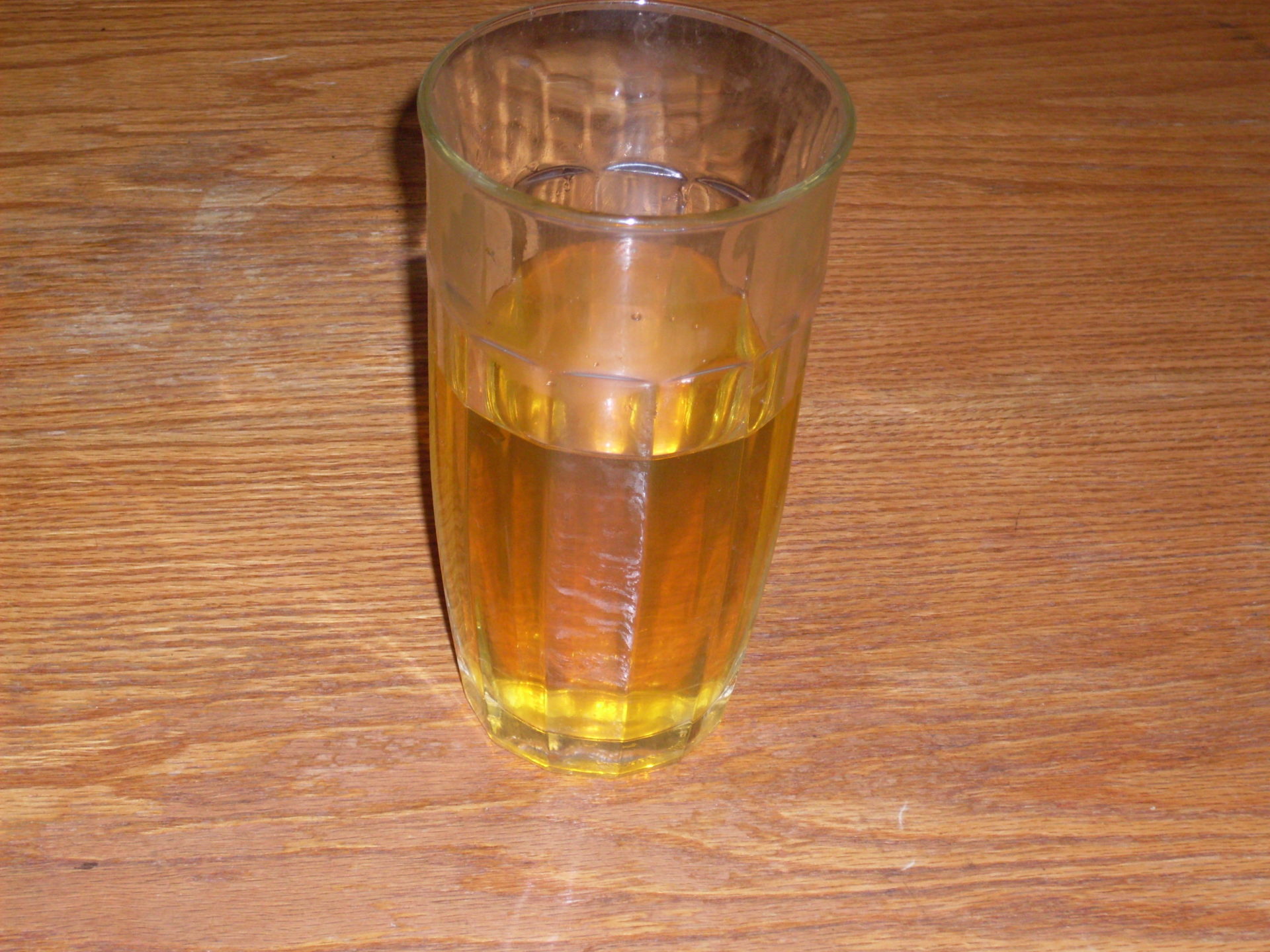There’s considerable evidence that the standard procedure for urine specimens, with cleansing and mid-stream collection, may not be necessary. Is it time to change?

In November 2020, I reviewed Paul Offit’s book about when doctors refuse to believe evidence. I have just become aware of another example. The evidence for diagnosing urinary tract infection (UTI) by the gold standard – clean catch mid-stream urine collection – is lacking, but it is still universally recommended. I get my medical care at Madigan Army Medical Center; the lab there instructs women to wash hands, cleanse the area with two towelettes, then to hold the labia apart and collect a midstream urine sample. Some labs even recommend removing underwear and sitting facing the back of the toilet. Is all that rigmarole really necessary?
What does the scientific evidence show?
A 1981 study by Immergut et al. published in Urology was titled “The myth of the clean catch urine specimen“. It concluded:
Urine specimens obtained from unprepped ambulatory females who voided into an unsterile disposable plastic cup showed a 95-per cent correlation with a catheterized specimen collected from a prepped patient through a sterile cystoscope. From these data, it appears that the midstream urine specimen and its unpleasant collection routine can be eliminated. We have found that specimens collected at any time during voiding in unsterile disposable plastic cups result in reliable urine cultures.
A 2000 study found that in young, outpatient women with symptoms suggestive of a urinary tract infection, the midstream clean-catch technique does not decrease contamination rates.
A 2011 multicenter study in Italy confirmed that mid-stream collection was the most accurate.
A 2012 study of urine samples from children found that contamination rates were much higher for clean catch specimens than for specimens obtained by catheter or suprapubic aspiration.
A 2013 article in Urology Times argued that mid-stream urine samples have limited value in diagnosing cystitis because they don’t accurately represent the bacterial content of the bladder.
A 2015 study found that contaminants resulted in false-positive cultures and over-diagnosis of UTIs in women without infection and was common regardless of collection technique.
A 2016 study found that the contamination rate for midstream urine collection in women was reduced from 40% to 25% when instructions were illustrated.
A 2018 article in Emergency Medicine News said, “Contrary to popular belief, multiple studies have shown no difference in bacterial contamination rates when comparing clean-catch samples against non-clean-catch samples”. It recommended careful consideration of other factors like the patient’s symptoms and markers like nitrites, leukocytes, and blood.
A 2019 study in Scandinavia found that diagnosis of urinary tract infections was more accurate for mid-stream than for first-void specimens.
Another 2019 study questioned the use of midstream urine cultures, showing that false negatives were common and diagnosis was more accurate with genomic testing and with simply going by symptoms.
A 2020 study compared initial-stream to mid-stream samples and found that a biomarker for kidney disease was more accurately detected by mid-stream samples.
A systematic review in 2016 found that the diagnostic accuracy of midstream urine collection from men compared to straight catheterization or suprapubic aspiration was high, but the overall strength of the evidence was rated as low. For children and infants, high quality evidence showed larger reductions in the odds of contamination in favor of midstream collection with cleansing over other methods of collection. For women, they concluded that midstream collection with cleansing is recommended, but no recommendation for or against is made for midstream collection without cleansing.
Conclusion: Questions remain
The evidence is conflicting. Clean-catch mid-stream samples may not be necessary. And anyway, patients often fail to follow the instructions and there are caveats about how the results are interpreted. I see no harm in continuing to recommend mid-stream samples. But it seems pretty clear that the cleansing routine is unnecessary and could be abandoned. The full routine has been standard practice for so long that doctors are reluctant to give it up. Maybe it’s time to reconsider.
This article was originally published in the Science-Based Medicine Blog.
